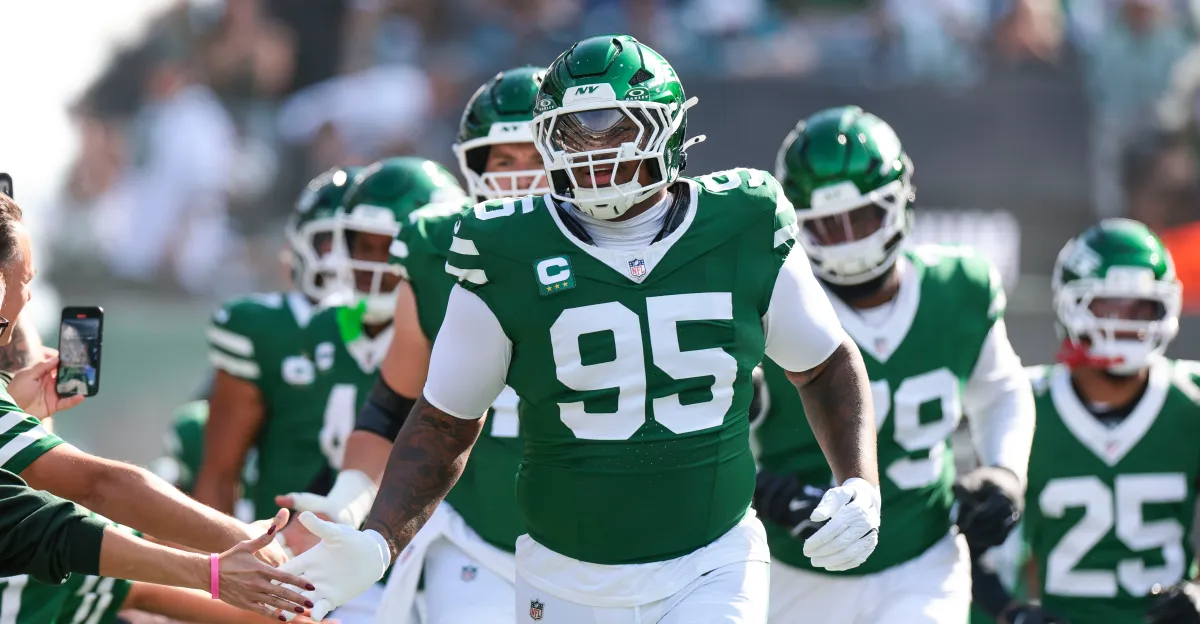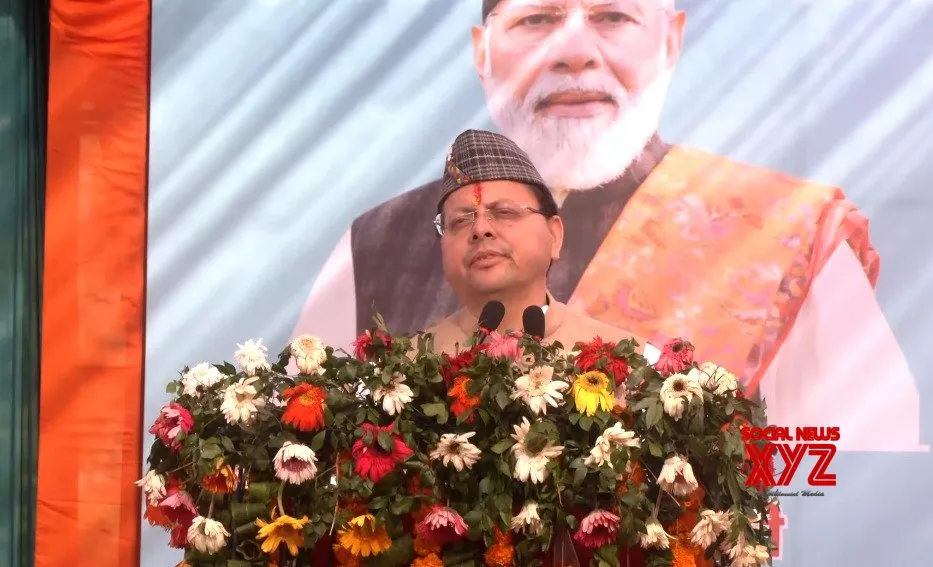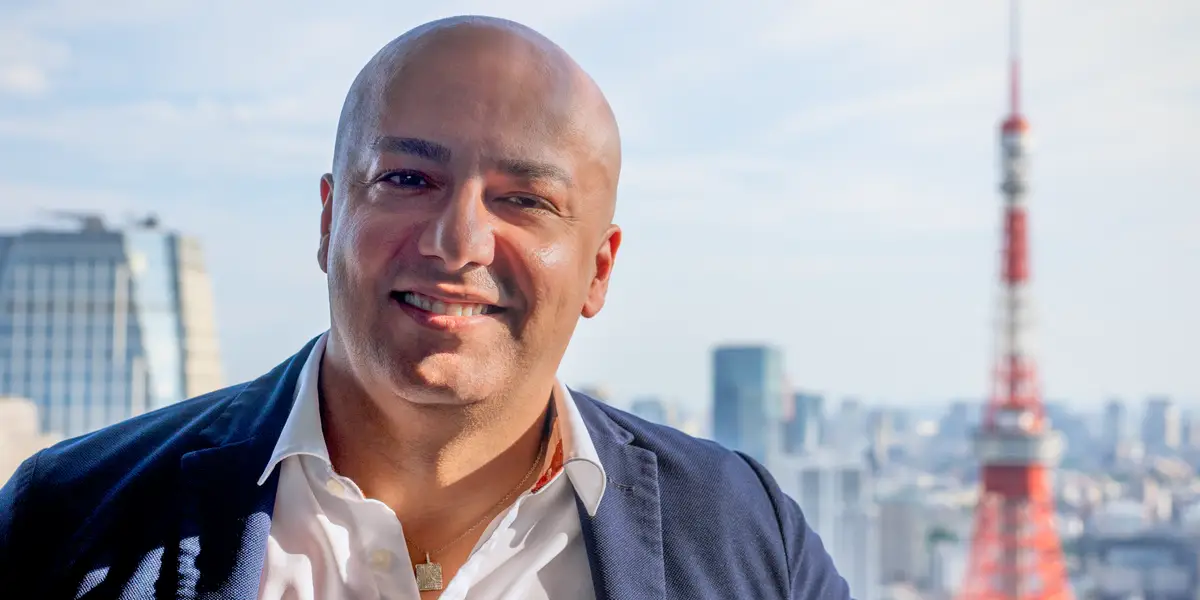Copyright The Atlantic

Some critics of the suburbs argue that they’re not a place at all. “The anthropologist Marc Augé coined the term non-places to describe interchangeable, impersonal spaces lacking in history and culture that people pass through quickly and anonymously,” Julie Beck wrote last year. The highways and chain stores of suburbs such as the ones Beck grew up in can often feel that way. But suburbs have identities, and they leave their mark on people’s lives, Beck notes: “Where there is life, there is connection and emotion. Where there is connection and emotion, nostalgia follows.” America’s suburbs have evolved: Once known for segregation, they are now more diverse than ever, Beck writes. But suburban life is prone to its own dynamics of racial and socioeconomic disparity, mirroring the gaps that have become clearer and clearer in America’s cities. Today’s newsletter explores the nostalgia, the dream, and the failures of the suburbs. American Suburbs Have a Financial Secret By Michael Waters Read the article. Liberal Suburbs Have Their Own Border Wall By Richard D. Kahlenberg Read the article. What the Suburb Haters Don’t Understand By Julie Beck Read the article. Still Curious? Other Diversions P.S. I recently asked readers to share a photo of something that sparks their sense of awe in the world. “Every fall, millions of monarch butterflies travel several thousand miles from Canada to California and Mexico,” Cynthia C., 69, from Laguna Woods, California, writes. “I am in awe of how these delicate creatures can survive what has to be a perilous journey.” I’ll continue to feature your responses in the coming weeks. — Isabel



